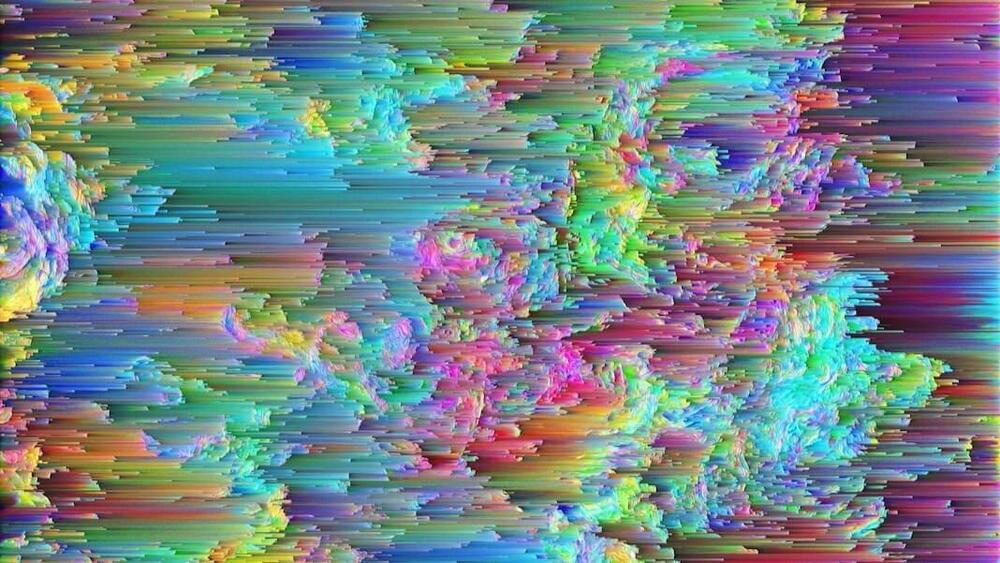When a tapeworm sets up shop in the gut of an ant, it appears to pump antioxidants and other proteins into the creature’s bloodstream.
It’s still unclear what health effects these special proteins have, but there’s a real chance they are part of what helps infected ants stay young and yummy.
Hosting a parasitic tapeworm isn’t usually a desirable state. But the life of an infected ant known as Temnothorax nylanderi hits differently.
Suppose an ant of this species nibbles on some woodpecker poop as a young larva and contracts a tapeworm (Anomotaenia brevis). It could end up living three times longer than its peers, if not more, and it will rarely have to move a mandible.
Uninfected ants will do the worker’s chores, carry it around, feed it, and groom it for the rest of its days. These pampered ants barely leave the nest.




